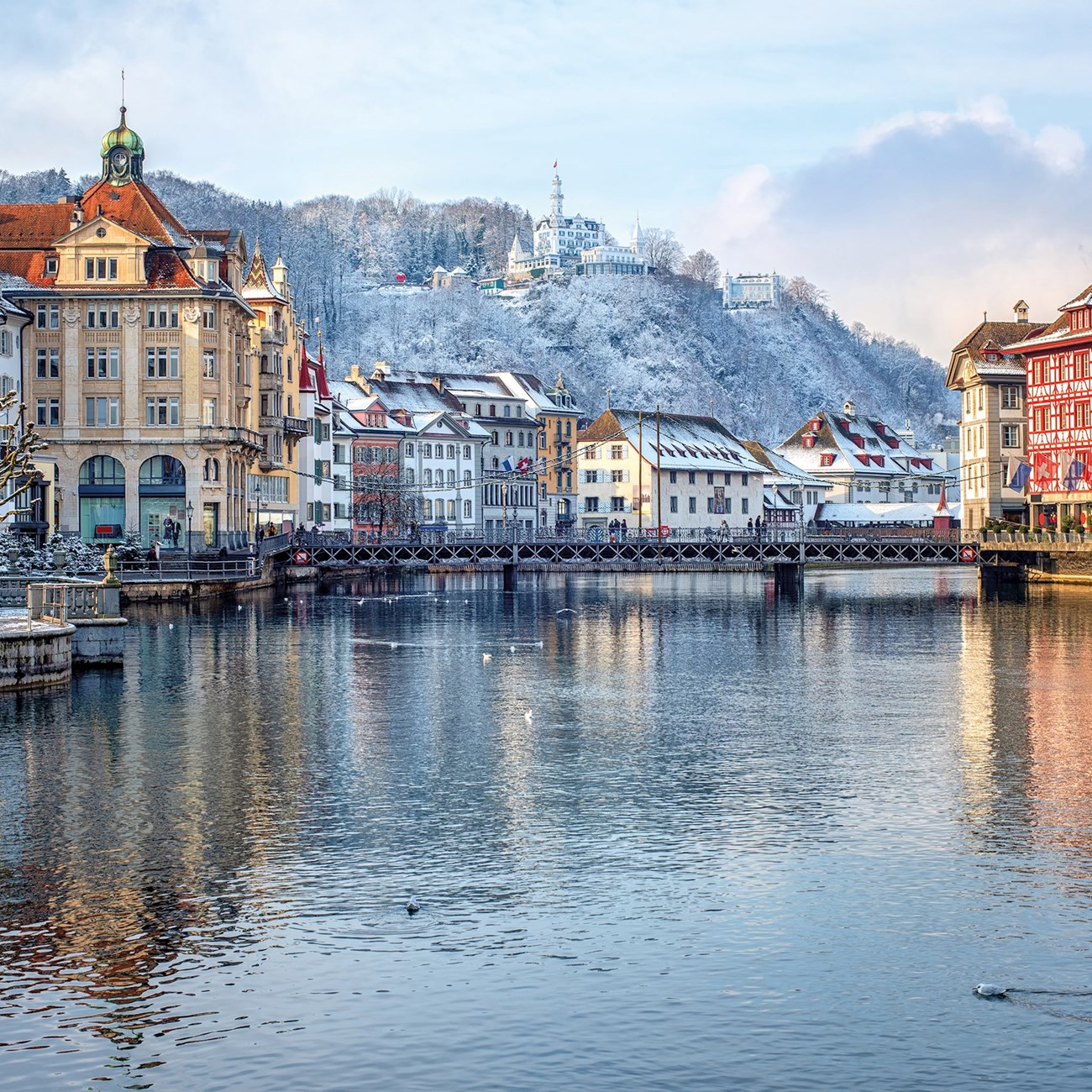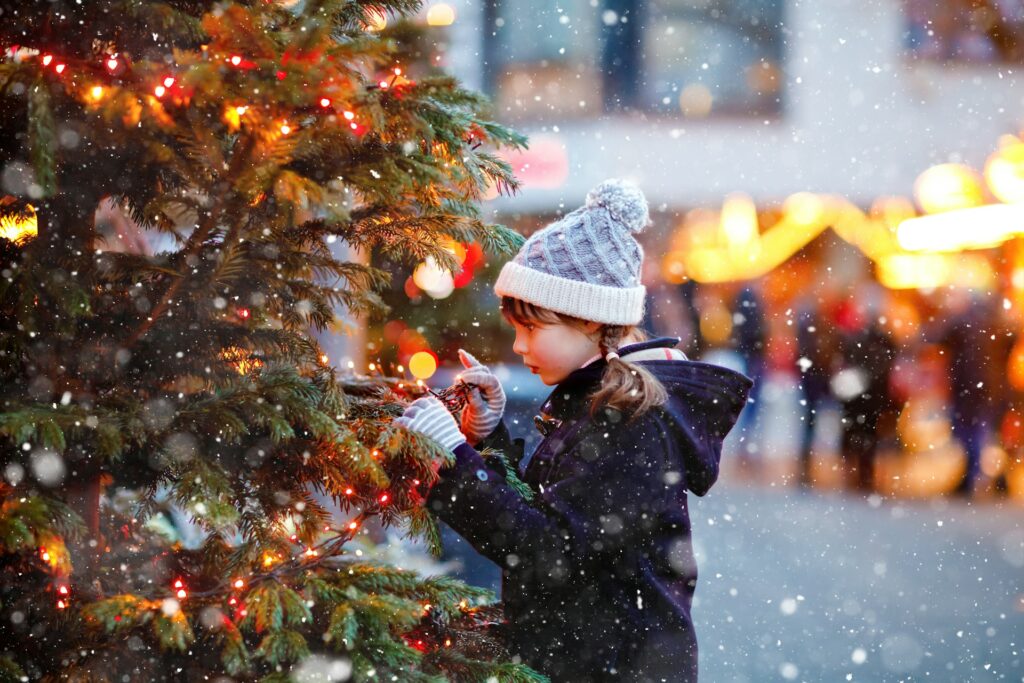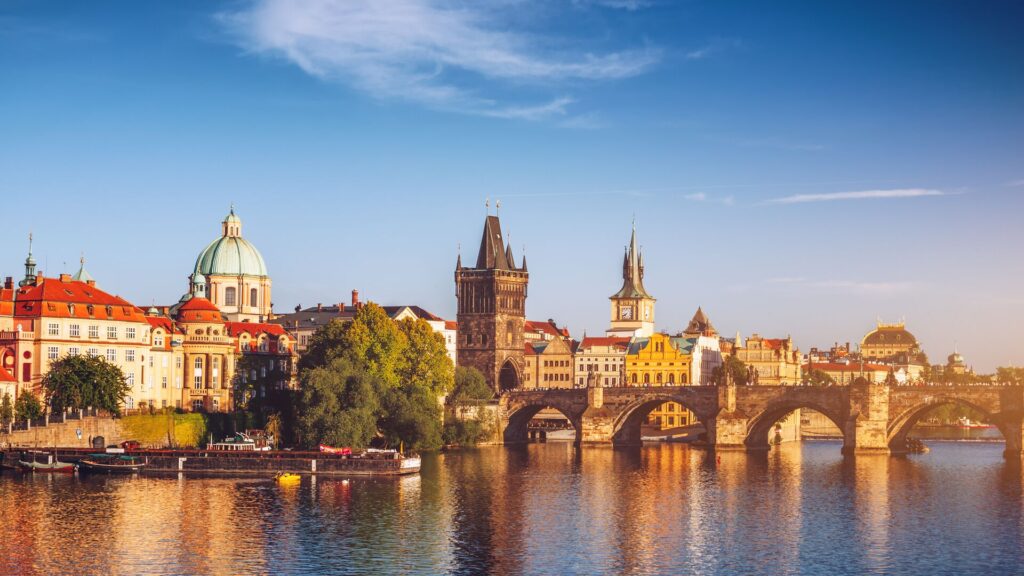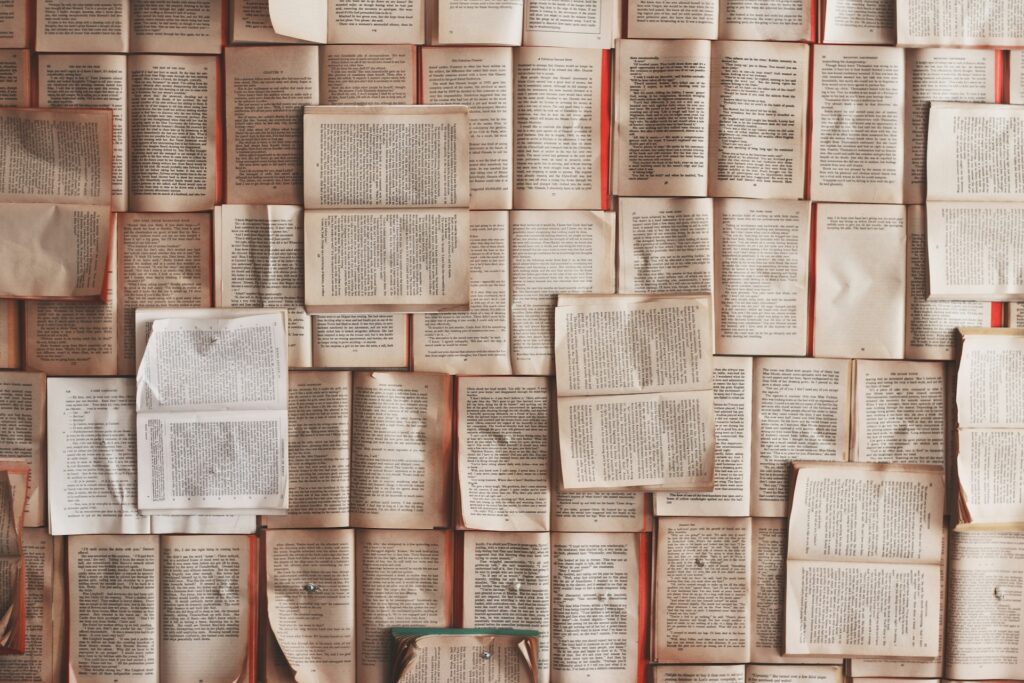35 Fun Facts About Switzerland
Think you know Switzerland only from the postcards? Think again. This Central European country has over a dozen UNESCO World Heritage sites, a coin in the Guinness Book of World Records, and a fourth official language spoken by only a few thousand residents. Pack these 35 fun facts about Switzerland into your luggage before your Switzerland guided tour.
What is Switzerland known for?
Switzerland is known for its chocolate, cheese, watches, natural beauty, and wealthy society, but that’s just the tip of the mountain top. Did you know that Lake Maggiore, the lowest point in Switzerland, is still 193m above sea level or that the Bernese Oberland has Europe’s steepest public bus route in Kiental with a 28% gradient? This European country has more than just delicious food and daring views. Switzerland’s fascinating history includes tales of dragons while its contemporary status ranks it among the best places to live on the planet.
35 Interesting Facts About Switzerland
From the number of Swiss cheese varieties to the history of the Swiss Guard, here are 35 fun facts about Switzerland that you should know before your visit.
1. Switzerland regularly ranks high in the Better Life Index
Switzerland’s high quality of life consistently places it among the top rankings of the OECD Better Life Index. The index rates countries in eleven well-being categories, like safety, health, and housing, to rank which have the most favorable quality of life.
2. Switzerland also ranks high on the Global Innovation Index
For 13 years in a row, Switzerland ranked number one on the Global Innovation Index. The GII measures and ranks global economies on public and private innovations in science and technology.
Why is Switzerland No 1 in the world?
The Better Life Index and Global Innovation Index are just two of the many metrics where Switzerland ranks high. It has one of the highest per capita GDPs, low violent crime rates, and one of the best universal healthcare systems in the world.
3. Switzerland has four official languages
Switzerland’s unique geographical position in Central Europe lends it linguistic diversity. German, Italian, and French are all official languages. The fourth: Romansh, a Latin-based language spoken in the Swiss canton of Grisons.
4. Swiss National Day commemorates the Swiss Confederation
August 1st is Swiss National Day, a countrywide holiday commemorating the formation of the Swiss Confederation in 1291 when the cantons of Unterwalden, Uri, and Schwyz formed an alliance. Today, it’s celebrated with bonfires and paper lanterns.
5. The Swiss consume the most Swiss chocolate
It’s no surprise that the country that invented milk chocolate leads the world in consumption. The people of Switzerland consume the most annual chocolate per capita at 11.8 kilograms. The Swiss also an average of 8.7 kg per year.
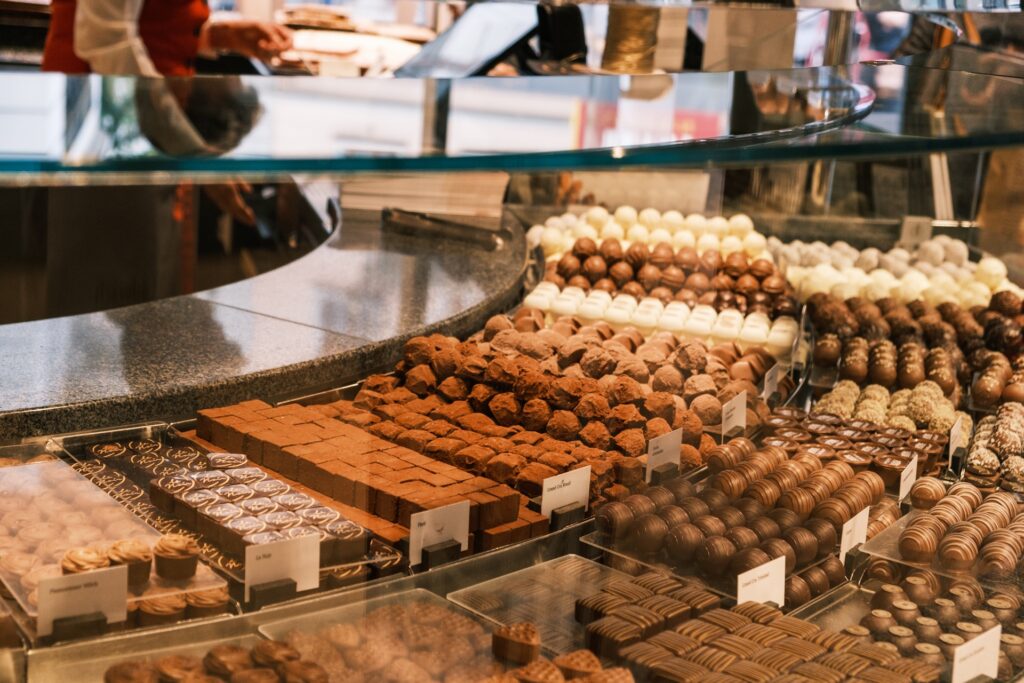
Switzerland produces up to 200,000 tons of Chocolate a year.
6. The highest railway station in Europe is a must-see
The Jungfraujoch railway station is one of the most popular attractions in Switzerland. The “Top of Europe” is the highest railway station on the continent and an unbelievable experience. Rise 3,454 meters above sea level and gaze at the longest glacier in the Alps.
7. The longest and deepest rail tunnel is also in Switzerland
The Gotthard Base Tunnel is the longest and deepest railway tunnel in the world. It opened only a decade ago, connecting Erstfeld and Bodio. It runs for 57.1 kilometers on a single track.
8. Its capital is Bern, not Zurich
One of the most surprising facts about Switzerland for first-time visitors is that Bern, not Zurich, is the country’s capital. Zurich is the most populous city and largest city in Switzerland by area, but Bern is the seat of the Swiss federal government.
9. Switzerland is the fourth largest trading partner of the EU
Switzerland is just behind China, the UK, and the US as a major trading partner with the European Union. Switzerland comprises 6% of EU trade volume; the EU is 59% of Switzerland’s trade volume.
10. Switzerland has been neutral since 1516
Though officially recognized internationally via the 1815 Treaty of Paris, Switzerland has been neutral since 1516, a year following their defeat against the French in the Battle of Marignano.
11. The Pope’s Army is made up of Swiss soldiers
The Swiss Guard was created in the 1500s by Pope Julius II as his personal security force. The pope specifically chose Swiss mercenaries who were regarded as the best in the world. Today, the Swiss Guard remains active and consists entirely of Swiss-born soldiers.
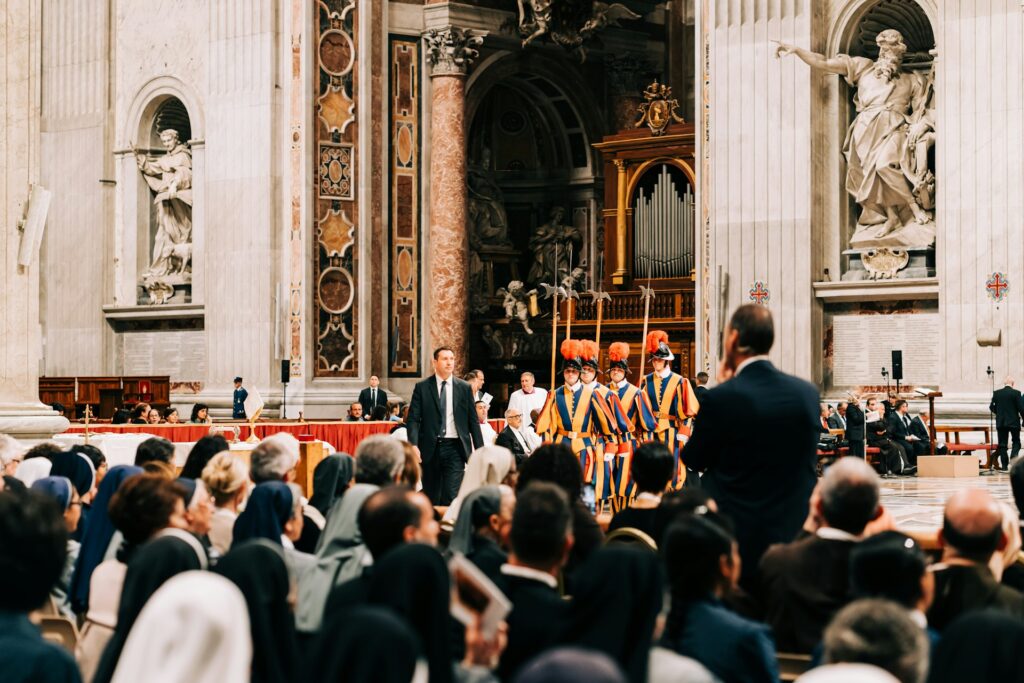
Swiss Guards within St Peter’s Basilica, Vatican City
12. The Swiss flag is based on the Holy Roman Empire’s war flag
The Swiss flag’s white cross against a red background was partially derived from the Holy Roman Empire’s imperial war flag of the same style. It’s also the world’s only square flag.
13. Switzerland is home to 13 UNESCO World Heritage Sites
A baker’s dozen of UNESCO World Heritage sites across Switzerland include nine cultural and four natural heritage sites. The Old City of Bern, the Three Castles of Bellinzona, and the Lavaux vineyard terraces are among the most popular sites.
14. The oldest surviving wooden house in Europe is in Schwyz
Schwyz, the eponymous town of the canton, features the House of Bethlehem. It was built in 1287; there are eleven other ancient wooden houses nearby, many that are still lived in.
15. Basel has the oldest public art collection on the planet
Contained in the Kunstmuseum you’ll find over 300,000 works from the Middle Ages through today. The most notable is the Amerbach Cabinet collection, acquired in 1661 and thus creating the world’s first publicly accessible art collection.
16. Zurich has Europe’s largest church clock face
Renowned for its watchmaking, it’s no surprise that one of the world’s largest public clock faces is in Switzerland. Find the biggest church clock face in Europe on Zurich’s St. Peter’s Church.
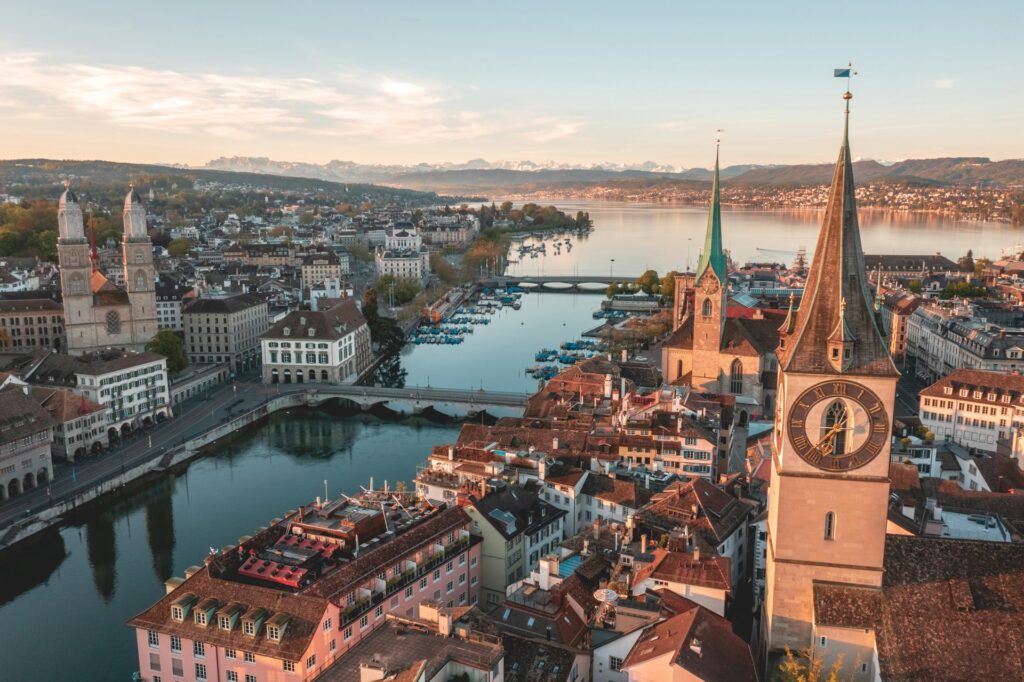
The clock face of Zurich’s clock tower is one of the largest in the world.
17. Swiss folklore says dragons once lived on Mount Pilatus
Overlooking Lucerne, Mount Pilatus has a mythical history dating back to the Middle Ages. One legend says that dragons lived within the mountain’s crevices. Visitors can learn more about the myths of the mountain by hiking the Dragon Path.
Save up to $3,000* per couple on your first Premium Tour
Plus receive latest offers, travel inspiration, and discover how your travels will make a positive impact. Together, WE MAKE TRAVEL MATTER®. Subscribe Now18. 50 miles of the Glacier Express runs on steam energy
Rack and pinion propulsion, where the train is powered by a cogwheel to move, is a feature in several parts. Much of the line is run on electricity but 50 miles of it relies on steam haulage. The train is limited to a maximum of four coaches for many stretches of track, to keep the load down
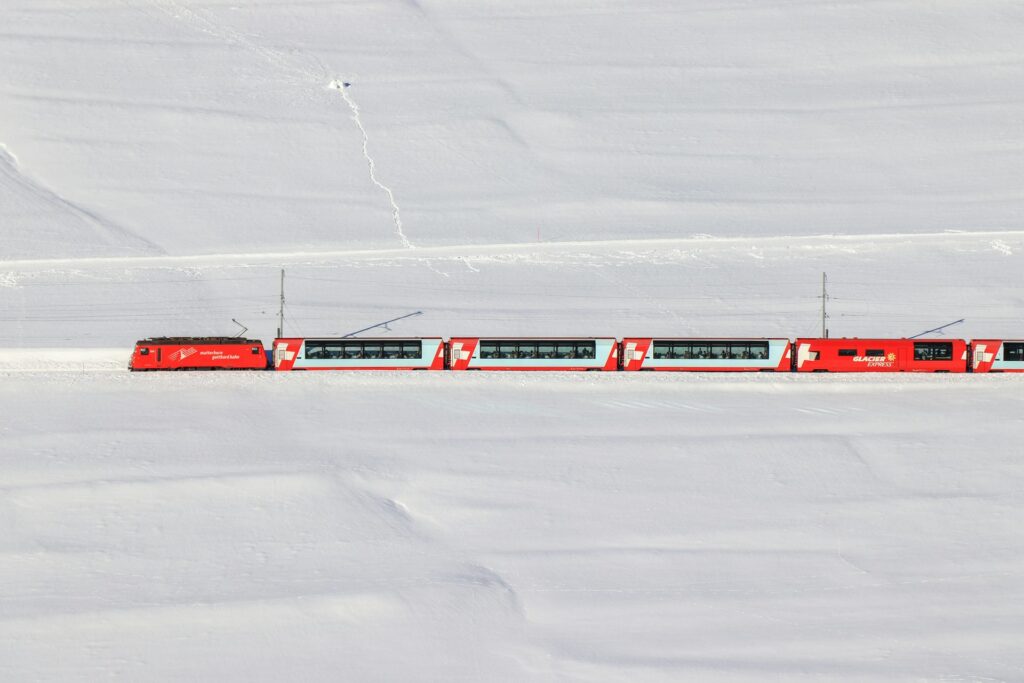
Not only is the Glacier Express one of the world’s most sustainable train routes, it also runs on the UNESCO World Heritage-listed Rhaetian Railway.
19. Lake Geneva has one of the world’s biggest fountains.
Lake Geneva is home to the Jet d’Eau, which is one of the world’s biggest fountains in terms of water propulsion. It was built in 1886 and jets water up to 140 meters high.
20. A Swiss castle inspired a Danish Disney film
If Château de Chillon in Veytaux looks familiar, it’s because it partially inspired Prince Eric’s castle in Disney’s The Little Mermaid animated movie. The real medieval castle is located on the shores of Lake Geneva and is open for tours.
21. Switzerland produces over 700 varieties of cheese
All cheese in Switzerland is made from Swiss milk, which is quite a feat considering just how many varieties are produced. From Emmenetaler and Appenzeller to Le Gruyère AOP and Tilsiter, almost half of all Swiss milk produced is used to create more than 700 versions of Swiss cheese.
22. Major Hollywood blockbusters were filmed in Switzerland
Switzerland is a popular filming location for dozens of Hollywood films. Along with two Star Wars entries and two Jason Bourne films, The Girl With The Dragon Tattoo, Angels and Demons, and four James Bond movies were shot on location.
23. Bollywood made a big impact in Switzerland
Bollywood has left its mark on Switzerland in more ways than one. Films like Jak Tak Hai Jan, Dilwale Dulhania Le Jayenge, and Chandi were filmed in the country. Visit Interlaken and you’ll find a statue of Indian director Yash Chopra in the Kurssaal Garden.
24. The Alpine ibex was reintroduced after hunting eradication
Today, there are more than 17,000 Alpine ibex in Switzerland, but that wasn’t the case a century ago. The animal was hunted to extinction during the 1800s and only recently reintroduced into the country in the 1920s.
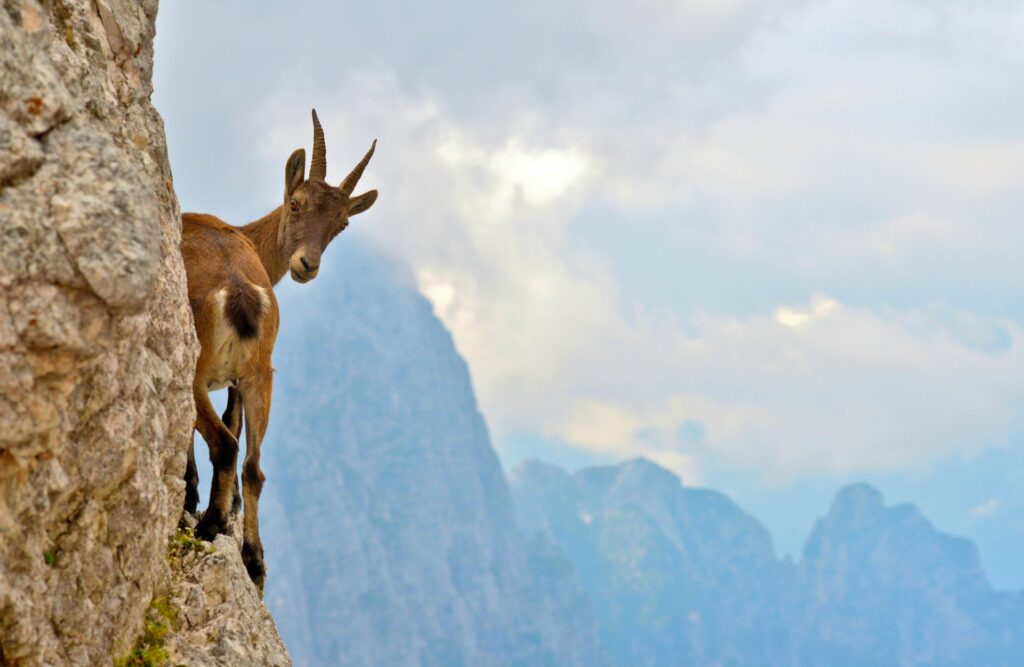
The Alpine ibex was on the verge of extinction before being reintroduced in the 1920s. There are now over 17,000 in the Swiss and Italian Alps.
25. The Swiss franc is the official currency in more than just Switzerland
Switzerland is not a member of the European Union, thus hasn’t adopted the Euro. The Swiss franc is not only the official currency of Switzerland, but also of Liechtenstein and the Campione d’Italia exclave in Italy.
26. The 10 cent Swiss franc is the oldest in circulation
Guinness World Records cites the 10-centimes Swiss franc coin as the oldest still in circulation. It was originally minted in 1879; all 10 cent coins minted since are still legal tender and found in circulation.
27. Six percent of Europe’s fresh water reserves are in Switzerland
This country in Central Europe has thousands of lakes and rivers. In fact, six percent of Europe’s fresh water reserves are in Switzerland, as well as sources for the Ticino, Rhine, and Rhone Rivers, earning it the nickname Europe’s water tower.
28. Switzerland won the first Eurovision Song Contest
The first Eurovision Song Contest was held in Lugano in 1956. Only seven countries participated with Lys Assia’s Refrain winning the contest for Switzerland. To date, Switzerland has won three times but also finished in last place 8 times.
29. One international airport has three IATA airport codes
Most international airports have a single IATA code — Zurich is ZRH, Bern is BRN, and Geneva is GVA. EuroAirport Basel Mulhouse Freiburg, however, sits on the border of three countries thus has a German code (EAP), a Swiss code (BSL), and a French code (MLH).
30. Geneva is hotspot for global headquarters
Geneva is the second largest city in Switzerland and a hub for dozens of international organizations. This city in the southern part of the country is home to the United Nations European headquarters, as well as headquarters for the WHO, WTO, ITU, ISO, and ICRC.
31. Some Swiss villages have more cows than people
While cows nowhere near outnumber the people in Switzerland, they still have a prominent presence. Approximately 700,000 cows live alongside 8.7 million Swiss people, which equates to a 1:12 ratio. Because some villages are so sparsely populated by humans, some have more cows than people.
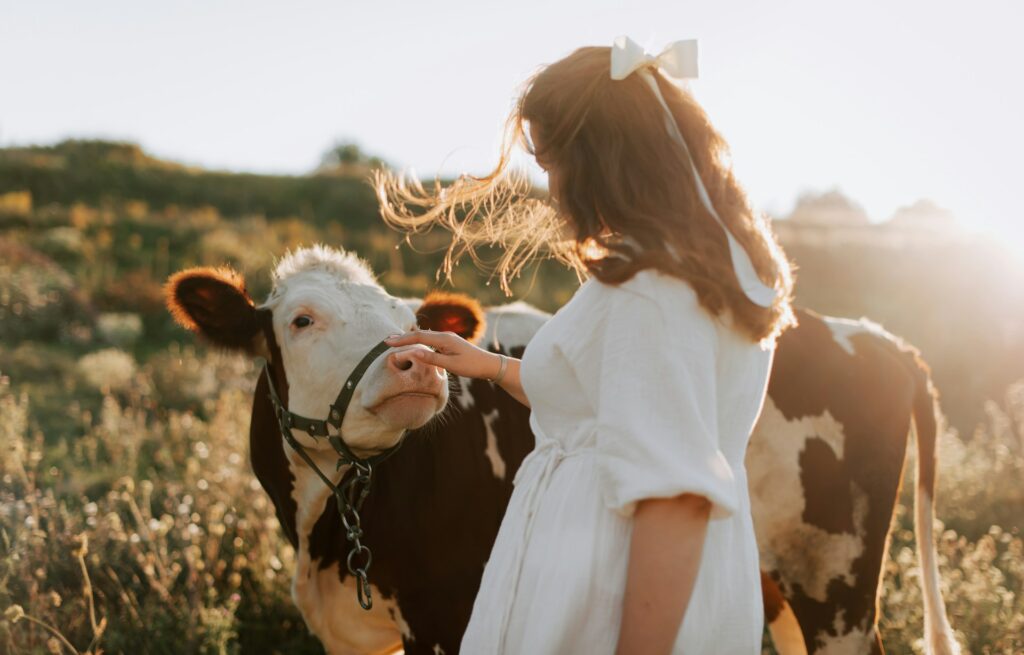
Cows are a national symbol of Switzerland, celebrated with festivals, decorations and events.
32. Switzerland has Europe’s 10th highest mountain
Monte Rosa, 4634 meters high, over a thousand meters lower than Mount Elbrus in Russia. Many of the highest peaks in Europe are located in Russia and Georgia’s Caucasus Mountains.
Read next: The best time to visit Switzerland
33. Switzerland has the largest number of highest peaks in Europe
While it may not have the highest mountains in Europe, it certainly has the most highest mountains. Switzerland has nearly 50 peaks that are at least 4,000m high.
34. Only a small percentage of the Alps are in Switzerland
Despite the Swiss Alps being a sizable draw for tourism and a domineering presence in the country, Switzerland’s borders contain only a small sliver of the mountain range. Over half of Switzerland’s surface area is part of the Alps, though less than a fifth of the range is in the country itself.
35. Switzerland’s neighbor is a rare double landlocked country
Many of the European Economic Area countries are landlocked, including Switzerland. However, there are only two double landlocked countries in the world. Liechtenstein is surrounded by the landlocked countries of Switzerland and Austria. Uzbekistan is the other.

LIKED THIS POST? SHARE WITH YOUR COMMUNITY
